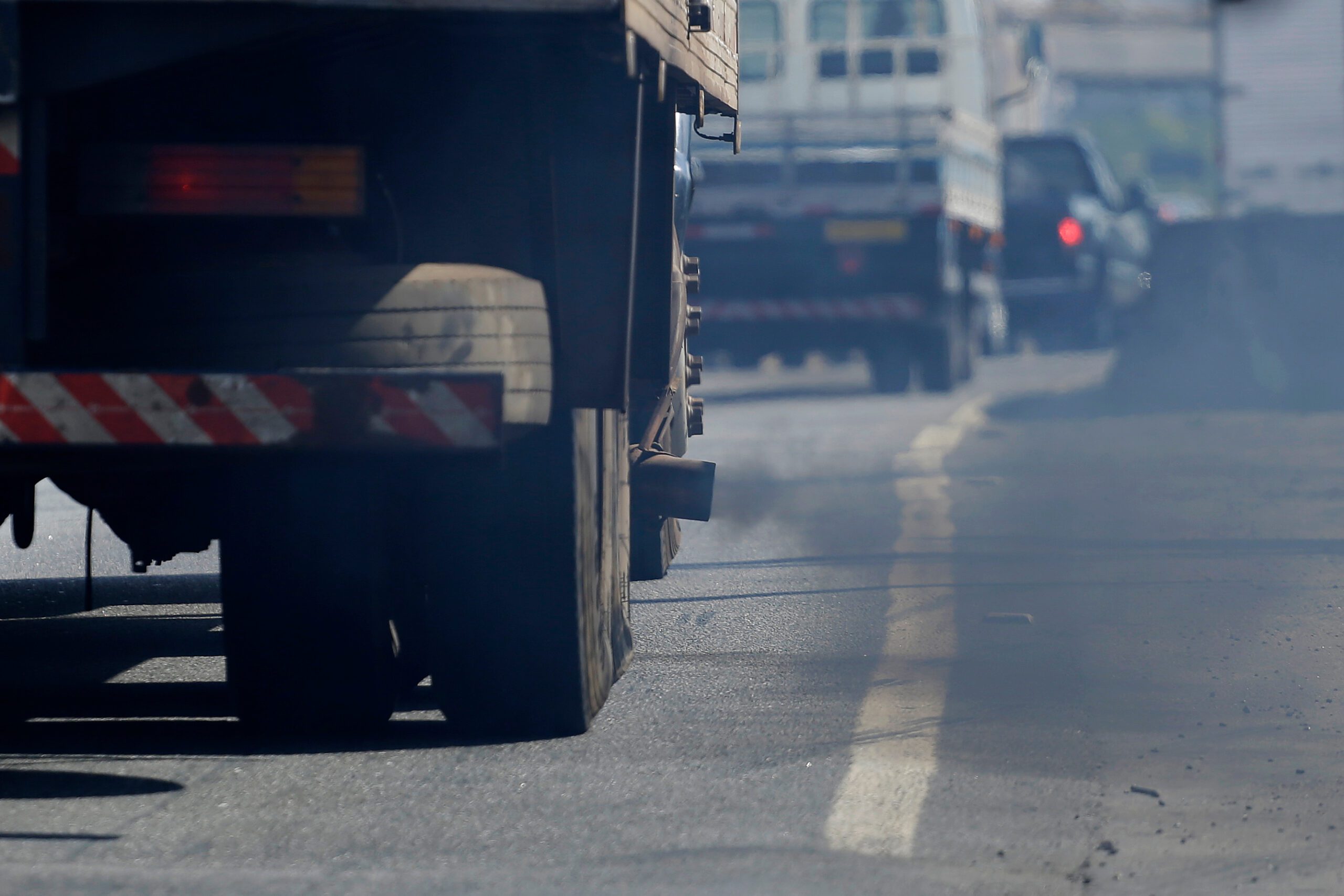Ecommerce has empowered retailers and warehouse workers, but it causes air pollution and air quality.
A new study from researchers at George Washington University in Washington, DC, finds that people living in cities near large warehouses are exposed to more than 20% more traffic-related air pollution that can lead to asthma and other life-threatening conditions. .
Public Health says Gaige Kerr, assistant professor of environmental and occupational health at the George Washington University Milken Institute. “The community of color is disproportionately affected because they often live near warehouses, especially dense clusters of warehouses.”
Ecommerce warehouses degrade air quality
Researchers measured nitrogen dioxide levels using a satellite instrument from the European Space Agency to zero from the atmosphere in about 150,000 warehouses located across the US.
Trucks and other vehicles moving to and from these large warehouses spew nitrogen dioxide, particulate matter and other hazardous waste.
The researchers also looked at traffic information from the Federal Highway Administration and demographic data from the US Census Bureau.
A major cause of increased pollution has been the increase in construction of warehouses. That sugar has been fueled by record levels of ecommerce purchases from consumers and businesses. For example, the COVID-19 pandemic has fueled an explosion in the commercial logistics industry and warehouses that receive and organize consumer goods. As a result, the transportation infrastructure needed to ship goods from warehouses to consumers is enormous, according to the researchers. Amazon, in particular, the industry leader in ecommerce, used 175,000 delivery vans and more than 37,000 semi-trailers in 2021.
Amazon is the No. 1 in the Top 1000, Digital Commerce 360’s database of the largest online retailers in North America in terms of online sales. It is also No. 3 in the Global Online Marketplaces database, ranked among the 100 largest marketplaces by third-party merchandise value (GMV). Digital Commerce 360 projects Amazon’s total online sales in 2024 will reach $469.01 billion.
According to the survey, although warehouses are located all over the US, 20% are concentrated in only 10 states:
- Maricopa, Arizona
- Alameda, California
- Los Angeles, California
- Orange, California
- San Bernardino, California
- Miami-Dade, Florida
- Cook, Illinois
- Cuyahoga, Ohio
- Dallas, Texas
- Harris, Texas
Key findings in this study
- Although the average nitrogen dioxide level associated with warehouses was 20%, nitrogen dioxide levels near warehouses were even greater when there was heavy vehicle activity. weight around these devices.
- Warehouses with lots of docks and parking spaces attract a lot of people. They are also associated with the highest levels of nitrogen dioxide.
- Communities with large ethnic and minority populations often live near warehouses. Thus, they breathe in more nitrogen dioxide and other pollutants. The number of Hispanics and Asians living near large clusters of warehouses is about 250% higher than the national average.
Register
Register for a Subscribe to Digital Commerce 360 B2B News, published 4x/week. Covers technology and business practices in the growing B2B ecommerce industry. Join Mark Brohan, senior vice president of B2B and Market Research, at [email protected]. Follow him on Twitter @markbrohan. Follow us on LinkedIn, TwitterFacebook and YouTube.
Beloved
#warehouse #ball #connected #growth #ecommerce #poor #air #quality
